Hyperpigmentation
Hyperpigmentation affects people of all ages. 80% of people experience this issue, with genetic pigmentation starting at age 10+, sun-induced pigmentation appearing at age 20+, and age spots at age 30+. Hormone-related pigmentation can occur at age 40+. Preventing and removing pigmentation is important for clear skin.
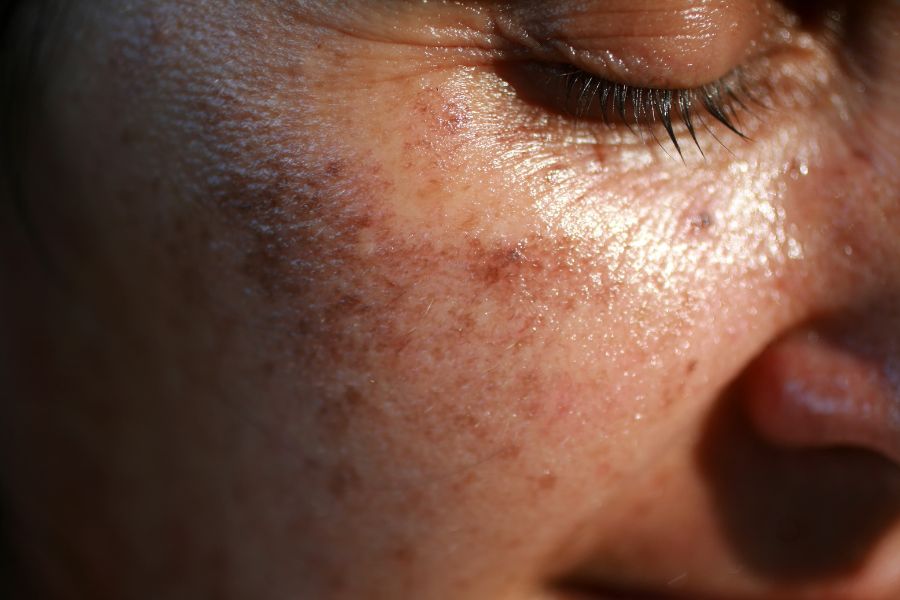
Causes
Hyperpigmentation is when the skin produces too much melanin. It can be caused by sun exposure and is more common in women. It often appears on the face as uneven skin color.
- 1. Genetic Factors: Some people are born with fleckles that develop during fetal development and become more prominent as they grow up.
- 2. External Factors: Sunlight exposure, use of low-quality skincare/makeup products, and irritation or physical damage.
- 3. Internal Factors: Hormonal changes during pregnancy, body acidity levels, poor nutrition and slow metabolism.
- 4. Mental Stress: Tiredness, nerve problems, and lacking adrenal sebum can make tyrosinase more active, causing skin darkening.
- 5. Light Sensitive: Certain medications and foods can make your skin more sensitive to UV light, which can increase the risk of sun damage. Watch out for antibiotics and contraceptives, as well as shellfish, seaweed, citrus fruits, and certain plants.
- 6. Diseases: Causes of pigmentation include liver and kidney issues, poor blood function, diabetes, thyroid problems, skin diseases, acne, and aging.
Symptoms
- Active Type: Active spots are caused by a combination of sunlight and hormonal imbalances. A pigment forms in different colors and shades, but can be removed. Common examples include Melasma, sun spots, Chloasma, and dark spots.
- Passive type: Stable pigmentation. External environmental factors do not affect the development of pigmentation. Removal of a pigment is permanent. Common passive spots are genetic spots, freckles, age spots and moles.
Pigmentation is a skin discoloration that can occur on the face and body. There are two types: active and passive.
In medical beauty treatment, there are some commonly seen and treated pigmentations.
1、Freckles
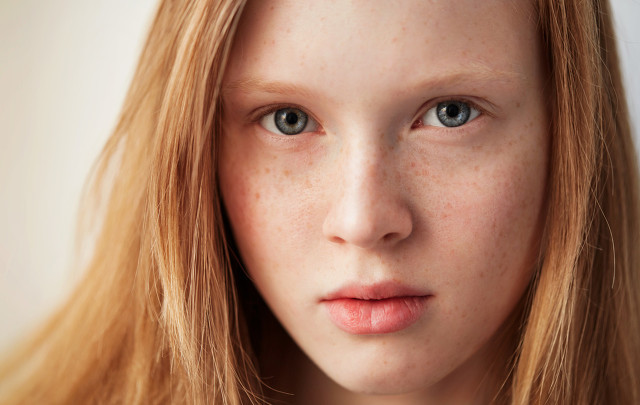
- Causes: Mainly gene-related but can be triggered or worsened by sun exposure
- Group: people with lighter skin colour
- Affected areas: nose or cheek
- Appearance: Scattered spots, usually brown, generally darker in color
Freckles are brown spots on the face that vary in size and number. They typically appear in childhood and are more common in women. Genetics also play a role in their development.
2、 Melasma / Chloasma
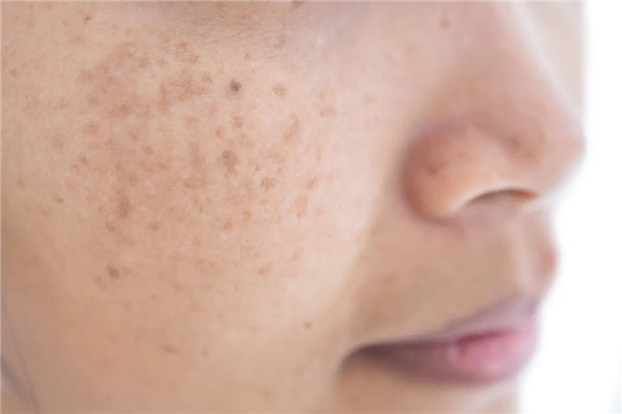
- Causes: Dietary style, sun exposure, mood, pregnancy, change of temperature.
- Group: Pregnancy women, women, people with liver diseases
- Affected areas: cheekbone, forehead, nose, around mouth or chest
- Appearance: Symmetrical and butterfly-shaped spots, often called "butterfly spots," appear as yellow or dark brown pigmentation on the face. They may vary in darkness and shape, but have clear edges and a smooth surface. There are no signs of inflammation, pain, or itching.
Melasma is a skin pigmentation issue that can be complicated. It’s often linked with hormonal changes, particularly in women. People with chronic diseases or who take long-term medication can also experience melasma. Overexposure to sun, weather, and endocrine factors can worsen the pigmentation, as can poor mental health. Melasma is also known as “liver spots,” “butterfly spots,” and “pregnancy spots.
3、 Acquired dermal melanocytosis (ADM)
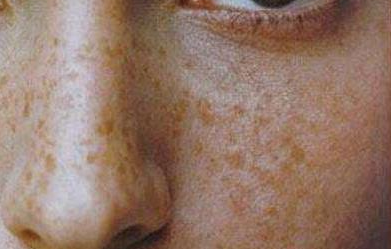
- Causes: Inborn, use of poor quality cosmetics, people with gynecological diseases or ovarian dysfunction
- Group: Women, aged 25 to 45
- Affected areas: Around cheekbone, temple
- Appearance: Several brown or dark brown spot clusters are distributed symmetrically in a round or irregular shape, with clear boundaries. Varied in numbers.
ADM is a non-inherited pigmented condition that causes grey spots on the cheekbones, similar to freckles and Melasma. It usually affects women aged 25-45 and is caused by melanocytes remaining in the dermis layer during development. Nevus of Ota is a more severe form of this condition.
4、Sunspots
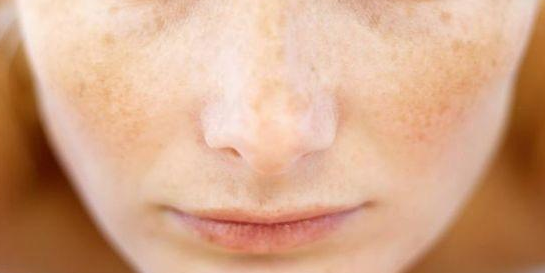
- Causes: Excess sun exposure over time
- Group: People had excess sun exposure over time
- Affected areas: Face especially nose and cheekbone
- Appearance: Star-shaped brown spots
Sunspots are dark dots caused by too much sun exposure on the skin’s outer layer. They look similar to freckles in color and shape, but are caused by sun exposure and usually appear on the nose and cheeks.
5、Age spots
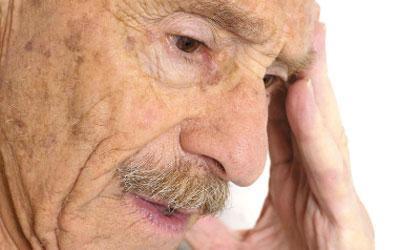
- Causes: Age, sunlight or impairment of ovarian function
- Group: Middle-aged and elderly, but the onset age has been pushed earlier
- Affected areas: Body parts that have the most sun exposure over time
- Appearance: Gray, dark brown or black irregular macules or patches on the skin. They are smooth, uniform in color, different in sizes, and with clear edges. Also, spots may fade over time.
Age spots are caused by skin aging and sun exposure, and are often found on areas such as the hands and forehead. They occur in the skin’s outer layer and can also be caused by ovarian function issues.
6、 Post-inflammatory hyperpigmentation
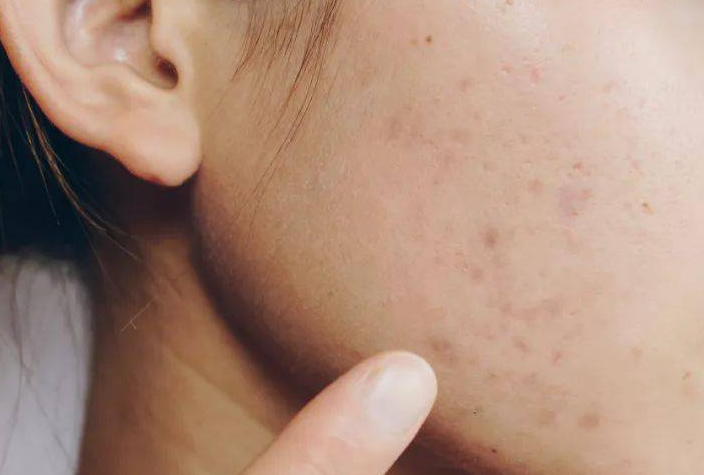
- Cause: Darkening of the skin in an area of prior chronic or acute inflammation
- Group: Everyone
- Affected areas: Areas of prior inflammation
- Appearance: Usually light brown, purple-brown to black acne marks
Inflammation from skin damage, like acne, infection, sunburn or irritants, triggers melanocytes to produce more melanin. The resulting hyperpigmentation includes red or brown acne marks that are harder to remove the longer they stay on the skin. Recurring eczema and dermatitis can produce a similar reaction.

Treatment
Treating pigmentation takes time, like with wrinkles. Cosmetics aren’t very effective, but medical beauty treatments offer better results.
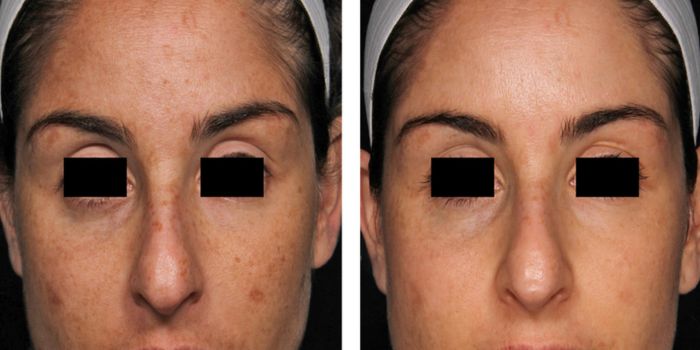
PicoSure offered by Skinspire Laser&Skin Clinic, is an FDA-approved laser that removes tattoos and pigmentation safely and effectively. It uses a specific wavelength of light to remove melanin without causing as much damage as traditional laser treatments. This specific lens stimulates collagen and elastic fibers, improving the elasticity of aging cells.
How does PicoSure Laser work
In “BOOST” mode, the PicoSure can increase pressure by 70% by adjusting pulse width from 750 to 550PS. Melanin-absorbing 755 nm wavelength light is emitted, releasing all energy in picoseconds. The high energy causes melanin to burst into smaller particles which the body eliminates.
Procedure
- 1. Skin Test: Skinspire Laser&Skin Clinic provider will provide a skin test to access skin condition or existing skin problems.
- 2. Face-to-face consultation: Skinspire Laser&Skin Clinic provider will provide treatment plan based on client’s needs and goals.
- 3. Pre-treatment preparation: Skinspire Laser&Skin Clinic provider will clean, disinfect, and apply anesthetics at the treatment areas, and put on safety goggles.
- 4. During the treatment: Skinspire Laser&Skin Clinic provider will deliver wavelength pulse at the pigmentation areas using PicoSure, repeat steps at the severe pigmented areas.
- 5. Post-treatment: Skinspire Laser&Skin Clinic provider will apply aloe vera gel to soothe and calm down the treatment areas.
- 6. Post-treatment caring.
Who is it for
- People with pigmentation such as freckles, sunspots and age spots
- People with severe pigmented spots or severe skin photoaging
- People with stubborn pigments such as chloasma
- People with worsening pigmentation. People with pigmentation that seriously affects the appearance of the face
- People who want to eliminate pigmentation effectively
- People who want to improve skin condition and reduce skin pores while eliminating pigmentation
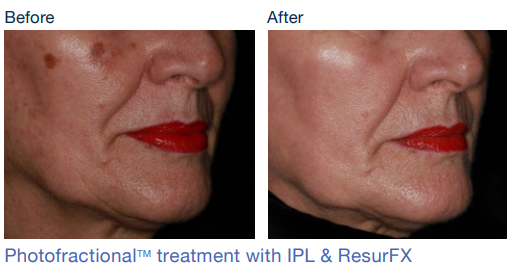
M22 is an advanced skin revitalization device developed by Lumenis, Stanford University, and Harvard University. It combines OPT and RESURFX technologies to effectively treat pigmented lesions, scars, stretch marks, and more. M22 is FDA and CE certified and delivers top skin rejuvenation treatment.
How does M22 Laser work
M22 laser treatment uses OPT and RESURFX technology to target and breakdown pigment, treating chloasma, freckles, age spots, sunspots, acne marks, and birthmarks. The treatment is precise and only affects specific pigments, leaving normal cells unharmed.
Procedure
- 1. Skin Test: Skinspire Laser&Skin Clinic provider will provide a skin test to access skin condition or existing skin problems.
- 2. Face-to-face consultation: Skinspire Laser&Skin Clinic provider will provide treatment plan based on client’s needs and goals.
- 3. Pre-treatment preparation: Skinspire Laser&Skin Clinic provider will clean and disinfect the treatment areas, put on safety goggles and apply treatment gel.
- 4. Treatment: Full face treatment, repeat steps at servere areas.
- 5. Post-treatment: Skinspire Laser&Skin Clinic provider will remove the gel, clean the face and apply a medical grade repair mask to calm the face.
- 6. Post-treatment caring.
Who is it for
- People with pigmentation such as freckles, sunspots, and age spots
- People with photoaging skin
- People with vascular stains
- People with light conditions of pigmentation. People with red blood streaks and redness on the skin
- People who want to have the results of pigment elimination and skin whitening at the same time
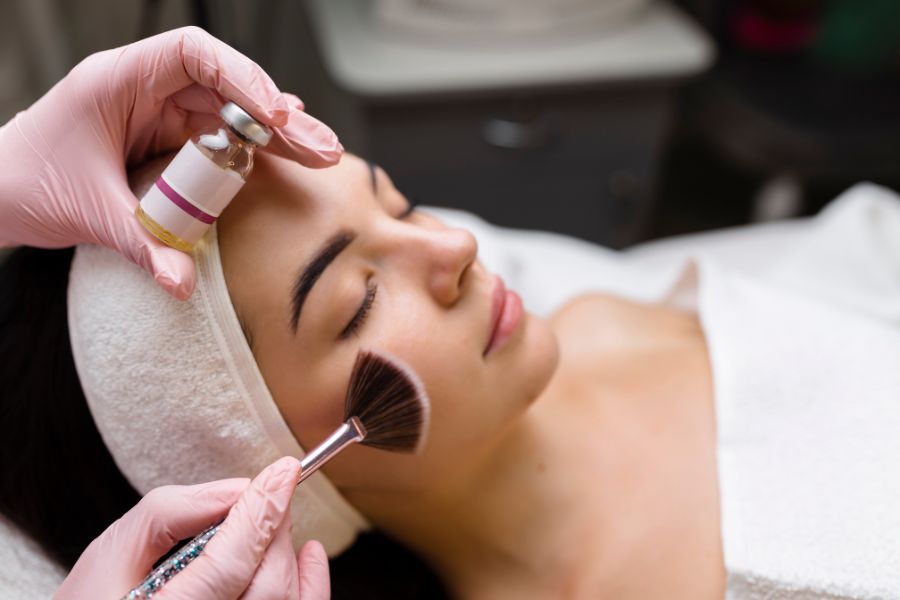
Chemical peel, offered by Skinspire Laser&Skin Clinic is a skin treatment that uses acidic solution to remove the outermost layer of skin cells. This process encourages skin cell renewal, improves the condition of the skin, and can also help with issues such as acne, fine lines, blackheads, and uneven skin tone.
How does Chemical Peel work
Pigment particles at the skin’s surface can cause spots, pigmentation, and acne marks. Chemical peels can improve these conditions by removing layers of skin and promoting cell renewal, reducing melanin production, and moisturizing. Chemical peels also help treat acne by reducing inflammation and removing acne and scars. They can promote collagen and elastic fiber renewal, preventing skin aging and reducing wrinkles.
Procedure
- 1. Skin Test: Skinspire Laser&Skin Clinic provider will provide a skin test to access skin condition or existing skin problems.
- 2. Face-to-face consultation: Skinspire Laser&Skin Clinic provider will provide suitable Chemical peel treatment plan based on client’s needs and goals.
- 3. Pre-treatment: Skinspire Laser&Skin Clinic provider will clean and disinfect the treatment areas.
- 4. Treatment: Skinspire Laser&Skin Clinic provider will apply an acidic solution on the face.
- 5. End of treatment: Skinspire Laser&Skin Clinic provider will apply a neutraliser solution on face to terminate the acidic reaction and peeling reaction to avoid over peeling.
- 6. Cleaning. Post-treatment care.
Who is it for
- People with pigmentation who need to eliminate melanin first
- People with hyperpigmentation after inflammatory injury
- People who will receive PicoSure or skin photorejuvenation treatment
- People with problems of acne marks, whiteheads and large pores size
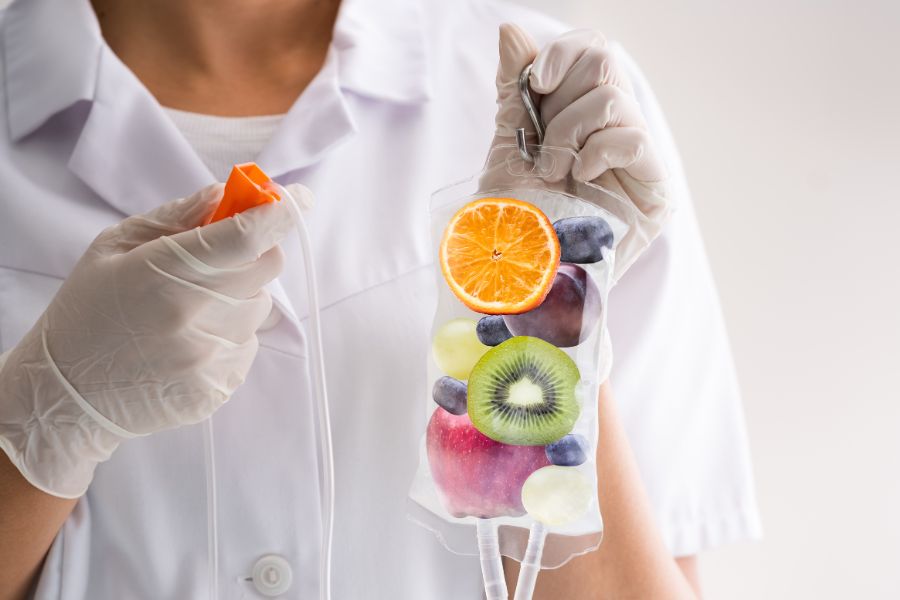
The whitening solution is administered intravenously, spreading essential nutrients throughout the body for fast, even whitening.
How does Skin Whitening work
The main ingredients are vitamin C and glutathione, which are natural antioxidants. They detoxify the liver, slow down skin aging, and prevent pigmentation. When used together, they bring maximum whitening effect and protect other vitamins from oxidation.
Procedure
- 1、Face-to-face consultation: Skinspire Laser&Skin Clinic provider will provide suggested treatment plan based on client’s condition and goals.
- 2、Treatment method: Intravenous injection, infusion.
- 3、Post-treatment care.
Who is it for
- 1. People who start to develop pigmentation but not too serious;
- 2. People who have dull/yellowing/darken skin and want to lighten their skin;
- 3. People who want to eliminate pigment and inhibit melanin production at the same time;
